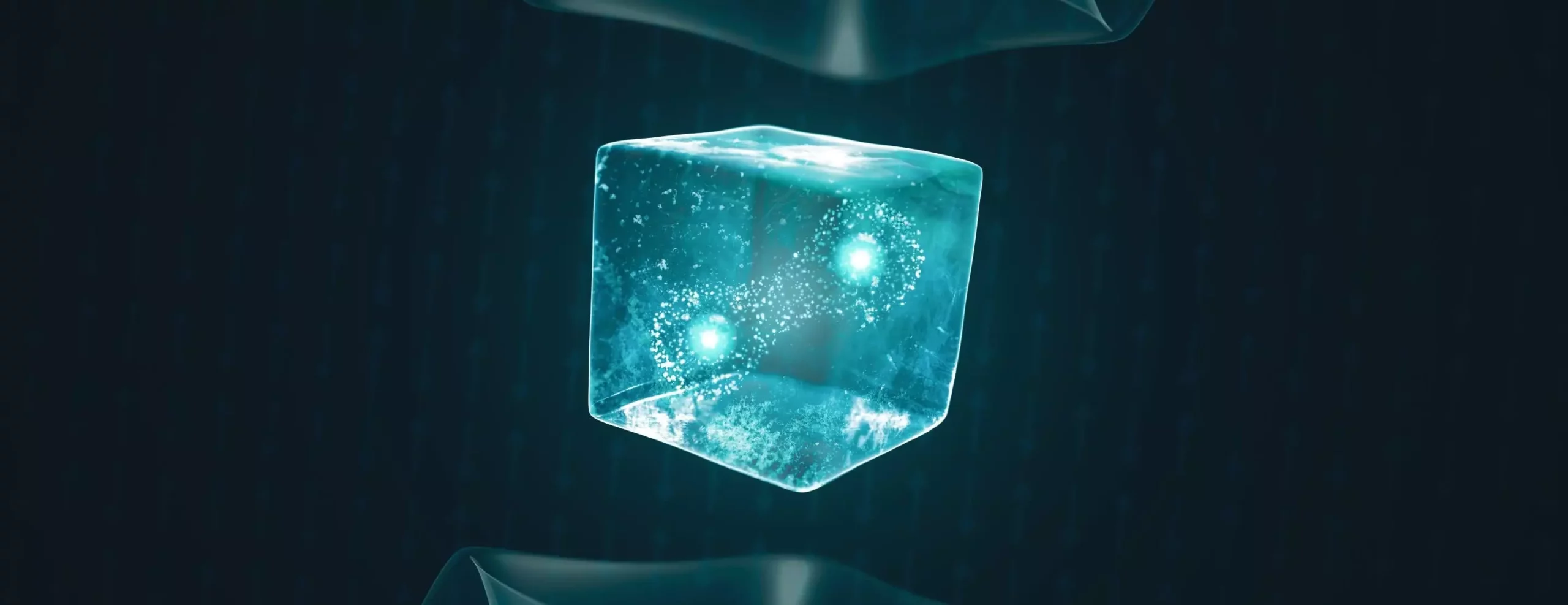Superconductors have fascinated scientists since their discovery over a century ago. These unique materials can conduct electricity with zero energy loss, enabling revolutionary applications such as magnetic levitation for trains. However, the majority of superconductors only operate at extremely low temperatures, often requiring complex and costly cooling methods. When subjected to higher temperatures, these materials lose their superconductive properties and either function as regular conductors—where some energy is lost— or as insulators that completely block electrical flow. The search for superconductors that can operate at or near room temperature has become a priority, with promising implications for technology across various sectors, including computing, telecommunications, and power generation.
Recent advancements indicate that the pathway to discovering or engineering superconductors that work effectively at higher temperatures may be within reach. The exciting findings from a collaborative research project involving SLAC National Accelerator Laboratory, Stanford University, and other institutions reveal that electron pairing—a crucial condition for superconductivity occurs at unexpectedly higher temperatures within antiferromagnetic insulators. This discovery suggests that tackling the limitations of existing superconducting materials may involve manipulating the inherent properties of less conventional substrates.
At the heart of superconductivity lies the phenomenon of electron pairing, which involves electrons coming together in pairs, akin to dancers at a party. However, for these pairs to produce superconductivity, their movements must be coherent—synchronized across the material. If they remain incoherent, superconductivity cannot emerge, and the material may behave as an insulator. The analogy often used is that of two shy individuals who, although they may share interest, need the right conditions to join in the dance and engage energetically.
In this recent study, scientists have observed a state where these electron pairs exist in what can be referred to as a “lock-in” phase. They are primed for movement, locked in proximity but not yet in motion, signaling a potential readiness for superconductivity if additional external factors can be introduced to spur coherence.
The research highlights a significant class of superconductors known as conventional superconductors, which operate effectively at temperatures near absolute zero, typically less than 25 Kelvin. In contrast, unconventional superconductors like the well-studied cuprates can function at significantly higher temperatures, often exceeding 130 Kelvin. These materials present a unique interplay of atomic interactions that promote electron pairing beyond traditional mechanisms, including lattice vibrations.
The latest investigations focus on cuprates, particularly those that had been overlooked due to their modest superconducting temperatures. Researchers employed ultraviolet light to probe the atomic structures of these cuprates, which permitted them to detect how electron binding generated energy gaps. Interestingly, these energy gaps persisted up to impressive temperatures of 150 Kelvin, indicating that electron pairing can occur significantly above the superconducting state of 25 Kelvin.
The study draws attention to an unusual finding: the strongest electron pairing was observed in the most insulating members of the cuprate family. This empirical evidence suggests that materials typically perceived as non-superconductive could offer valuable insights into developing higher-temperature superconductors. Importantly, while the specific cuprate examined may not be the route to reaching room-temperature superconductivity (approximately 300 Kelvin), the exploration of these paired states may yield critical methods for engineering new superconductors.
The implications of these findings are profound. The science community believes that understanding the mechanisms behind these unconventional pairs may unlock pathways toward engineering superconductors that approach or even achieve room-temperature functionality. Researchers have expressed optimism about the potential of these insights guiding future work, wherein the properties of various materials can be explored in greater detail.
To this end, further studies are planned to examine the pairing gaps observed. By continuing to exploit the experimental tools and innovative approaches shared in this study, researchers can delve deeper into the nature of these incoherent electron states. The ongoing investigation stands to challenge traditional paradigms surrounding superconductivity, making room for new theories and applications that extend beyond current capabilities.
The journey toward discovering practical room-temperature superconductors is complex but promising. As researchers integrate these challenging insights, each breakthrough brings society closer to the realization of superconducting technologies that could transform everyday life and redefine engineering possibilities.


Leave a Reply